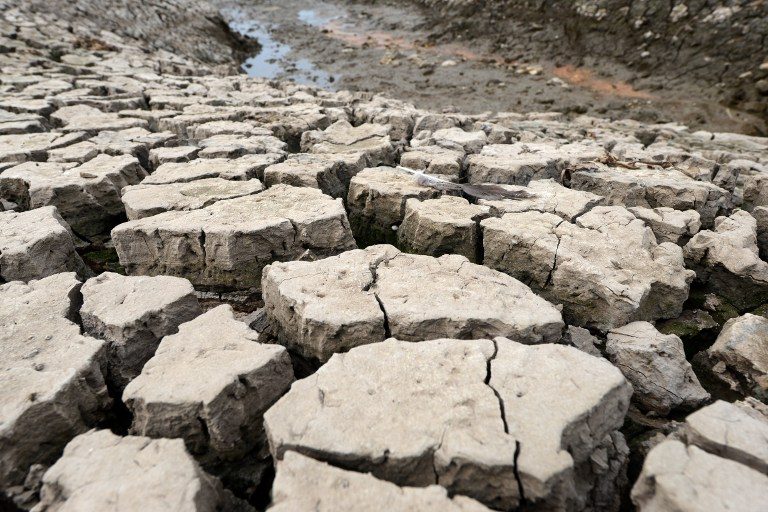SUMMARY
This is AI generated summarization, which may have errors. For context, always refer to the full article.

MANILA, Philippines – State weather bureau PAGASA announced on Thursday, May 1, the possible development of an El Niño that may begin June and could last up to the first quarter of 2015.
PAGASA has been closely monitoring oceanic and atmospheric conditions in the tropical Pacific which could become an El Niño, Science and Technology Secretary Mario Montejo said in a statement Thursday.
An El Niño phenomenon comes with unusually warm ocean surface temperatures in the central and eastern equatorial Pacific. It may prevail for more than a year, adversely affecting economies at both local and global scales. (READ: Weak El Niño possible by mid-2014 – WMO)
In fact, majority of climate models point to the possibility of an El Niño this year.
PAGASA noted a significant increase in the sea surface temperature anomaly (SSTA) from 0.2ºC to 0.4°C, from April 21 to April 28. SSTA refers to how much temperatures depart from what is normal for that time of year.
The SSTA over the tropical Pacific remained to be El Niño Southern Oscillation (ENSO)-neutral for the past months.
The established threshold for an El Niño phenomenon is 0.5ºC or higher during a 3-month period. Climate models predict this condition may persist for the next 9 months.
The bureau foresees the start of El Niño in June which may peak during the last quarter of 2014. It could last up to the first quarter of 2015.
Effect on tropical cyclones
Once it occurs, it could also affect normal rainfall pattern in the country generally resulting in reduced rainfall. Rainfall impacts may vary in different parts of the country. (READ: 6 ways climate change will affect PH cities)
PAGASA said the country can still have a normal number of tropical cyclones this year, but the El Niño phenomenon can affect their tracks and intensity, causing them to become erratic.
The tropical cyclones are expected to intensify and to shift northward.
UN weather agency World Meteorological Organization also warned earlier about a good chance of El Niño in the Pacific Ocean this year, which could bring drought and heavy rainfall to the rest of the world. (READ: UN weather agency warns of ‘El Nino’ this year)
Concerned agencies have already been advised by PAGASA to take precautionary measures to mitigate possible impacts of El Niño. – Rappler.com
Add a comment
How does this make you feel?
There are no comments yet. Add your comment to start the conversation.